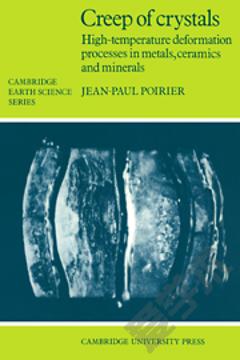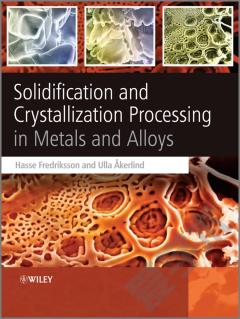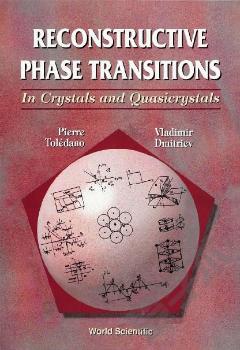Creep of Crystals: High-Temperature Deformation Processes in Metals, Ceramics and Minerals
The physics of high temperature plastic deformation of solids has recently become an object of interest for earth scientists (structural geologists, tectonicians, physicists of the Earth and planetary interiors) as well as for materials scientists. The reasons for this interest are, however, somewhat different. On the one hand, the materials scientist wants to understand the mechanical behaviour of metals and ceramics to design new materials able to withstand more severe conditions or to process them at a lesser cost of energy and matter. The earth scientist, on the other hand, faced with rocks naturally deformed at large strains or with planetary mantles flowing viscously with characteristic times of millions of years, would like to have a physical basis for the extrapolation of laboratory constitutive equations to inaccessible conditions of strain rate and time, as well as for the diagnosis of past conditions from the present microstructure of deformed minerals. In both cases, the materials (alloys, ceramics or rocks) are often complex, polyphase aggregates whose deformation cannot in general be reduced to that of their simpler constituents. It is, however, impossible to dispense with the important step of understanding the physical processes at play in the deformation of single crystals and single phase polycrystals.
{{comment.content}}








 京公网安备 11010802027623号
京公网安备 11010802027623号